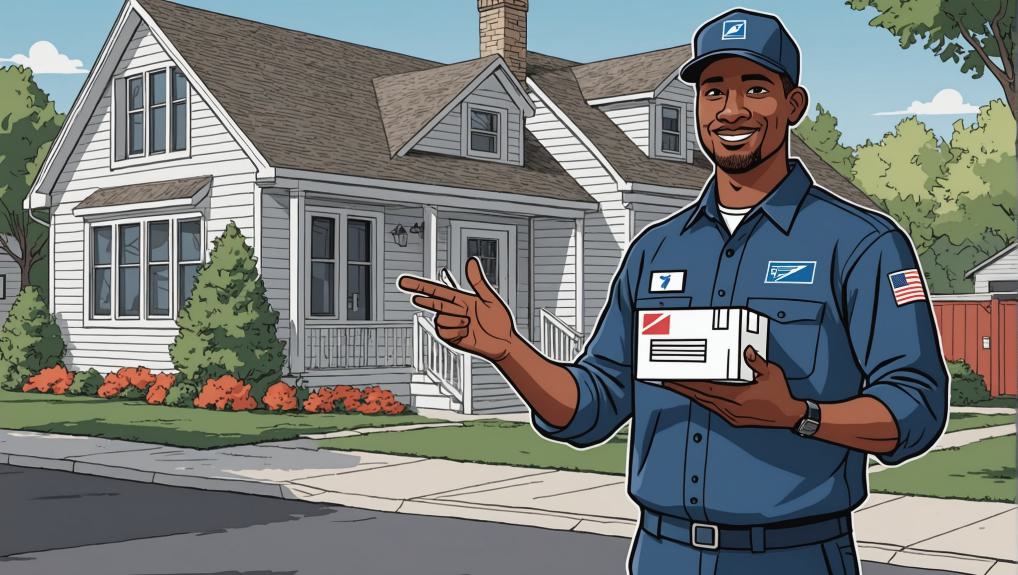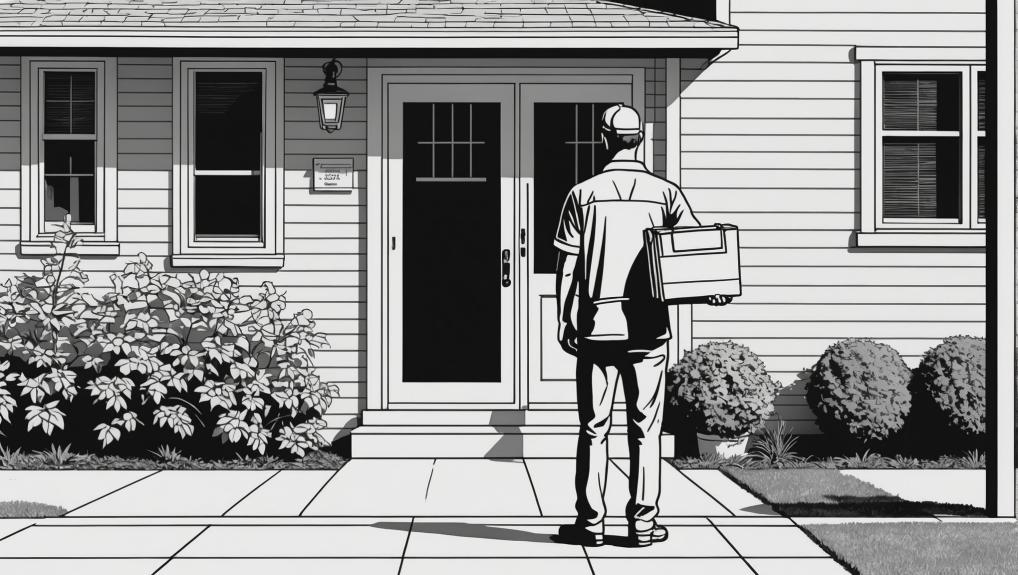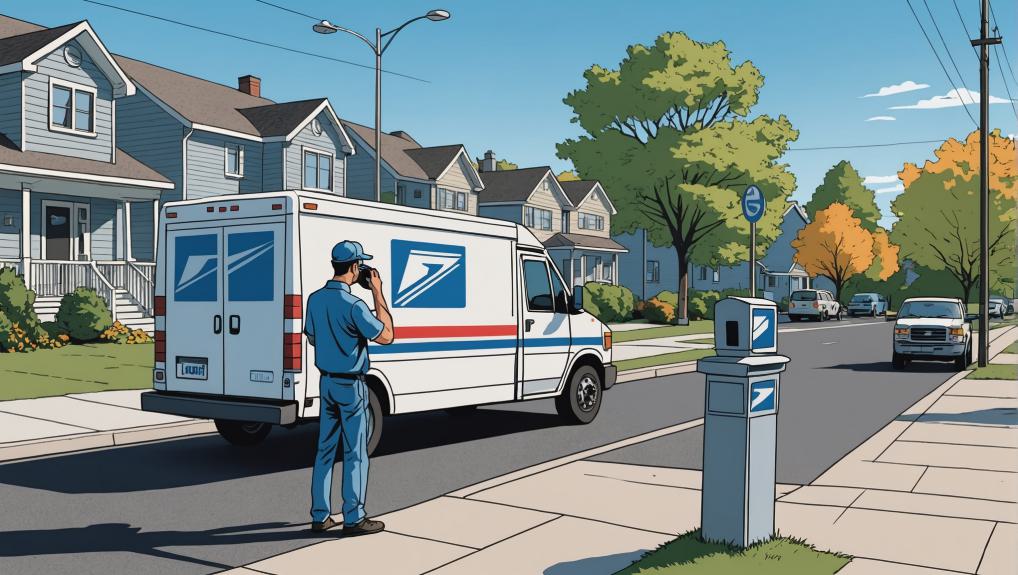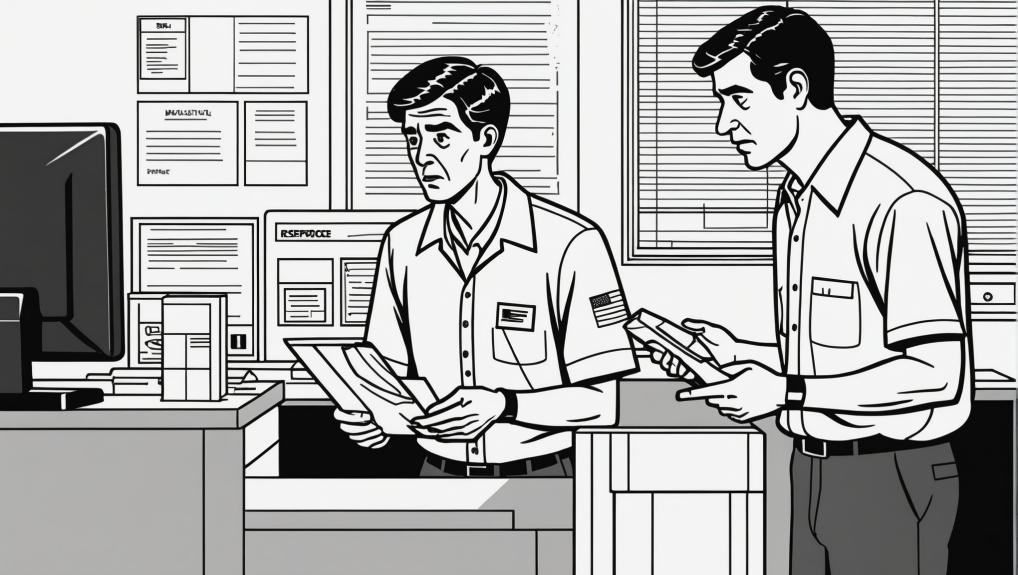Refusing a USPS package might seem straightforward, but it can quickly become complicated if you don’t know the rules.
Whether you’re trying to avoid unexpected charges, correct a shipping error, or simply manage unwanted items, understanding the refusal process is crucial.
Mistakes can lead to delays, extra costs, or the hassle of dealing with mishandled returns.
In this guide, I’ll walk you through what it means to refuse a USPS package, step-by-step, so you can avoid these common pain points. Let’s dive in and clear up the confusion once and for all.
Key Takeaways:
- Refusing a USPS package lets you manage unwanted deliveries, avoiding extra costs if the package is unopened.
- You can refuse a package before or after delivery by notifying the carrier or returning it to the post office.
- Once a package is opened, it can’t be refused without paying return postage, emphasizing the importance of acting quickly.
- Properly refusing a package helps prevent complications like delays or mishandled returns, ensuring efficient mail management.
What Does It Mean to Refuse a USPS Package?

Refusing a USPS package means the you decide not to accept a delivery. This can happen for several reasons: receiving an unwanted item, a package sent by mistake, or a shipment with unexpected charges. By refusing the package, the recipient initiates its return to the sender.
To refuse a package, you must inform the postal carrier at the point of delivery. The carrier will mark it as ‘Refused’ and ensure its return.
If you’ve already received the package, you can still refuse it by writing ‘Refused’ on the unopened package and either handing it back to the carrier or taking it to your local post office. This action starts the return process.
Once a package is opened, it can’t be refused under USPS guidelines unless you cover the return postage. This process helps recipients manage unwanted deliveries and avoid unnecessary costs.
How Can You Refuse a USPS Package Before Delivery?
To refuse a USPS package before delivery, you can contact your local post office or use the USPS Package Intercept service.
When you contact your local post office, either by phone or in person, provide the tracking number so they can identify and process your request accurately.
The USPS Package Intercept service offers another option. If the package hasn’t been delivered or isn’t out for delivery, you can request online that it be held at the post office or returned to the sender.
This service requires a fee, and the package must have a tracking number and be eligible for interception.
Another less reliable method involves leaving a note at your mailbox specifying the package you wish to refuse, including the tracking number. However, there’s a risk the note might be overlooked by the carrier.
How Can You Refuse a USPS Package After Delivery?

If you need to refuse a USPS package after it’s been delivered, follow these steps.
First, ensure the package remains unopened. Once a package is opened, you can’t refuse it and must pay for return postage.
Next, clearly write ‘Refused’ on the package. This notifies the postal service that you intend to return the package without accepting it.
You have two options for returning it: either hand it back to your USPS carrier during their next delivery round or take it to your local post office and inform them you’re refusing it. The postal staff will handle the return.
Certain types of mail, like Certified Mail, Insured Mail, or Collect on Delivery (COD), can’t be refused after delivery unless you pay for return postage.
What Are the Conditions and Restrictions for Refusing a USPS Package?
When refusing a USPS package, specific conditions and restrictions ensure the process is valid and cost-effective.
First, you can refuse a package at the time of delivery by informing the mail carrier. The carrier will mark it as ‘Refused’ and return it to the sender.
If the package has already been delivered, you can still refuse it by marking it ‘Refused’ and returning it to the mail carrier or local post office, provided it remains unopened.
Opened packages can’t be refused without incurring return postage costs. This means the package must stay unopened to be eligible for refusal and return without extra expense.
Furthermore, certain mail types, including Registered Mail, Insured Mail, Certified Mail, Collect on Delivery (COD), and mail with a Return Receipt for Merchandise, can’t be refused after delivery without paying return postage.
Additionally, mail sent in response to sales promotions or advertisements can’t be refused and returned postage-free after delivery if not refused when initially offered.
What should you do if the package you want to refuse is already out for delivery?

If a USPS package is already out for delivery and you want to refuse it, act promptly to ensure the process is handled correctly. You have a few options:
- Leave a Note for the Carrier: Place a clear note in your mailbox or on your door, stating your intention to refuse the delivery. Include the tracking number to help the carrier identify the correct package.
- Contact Your Local Post Office: Call your local post office as soon as possible. Provide them with the tracking number and explain that you want to refuse the package. They can take steps to intercept the delivery and return it to the sender.
- Refuse the Package in Person: If you’re home when the carrier arrives, inform them directly that you don’t wish to accept the package. They will handle the return process.
For example, if you’ve ordered something by mistake or received an unwanted gift, refusing the package ensures it’s returned to the sender without extra hassle.
How do you refuse a package if you are not at home when it is delivered?
If you want to refuse a USPS package when you’re not home, you can leave a note at your mailbox instructing the postal carrier to refuse it.
Your note should include the tracking number and a clear statement of your intention to refuse the delivery. However, this method may not always be reliable, as the carrier might overlook the note.
Another option is to contact your local post office directly. You can call or visit them to inform them that you want to refuse the package.
Make sure to provide the tracking number so they can identify and process your request accurately.
If the package is delivered while you’re away, you can still refuse it by marking it ‘Refused’ and returning it to the post office or handing it back to the postal carrier during their next visit.
The package must remain unopened to qualify for refusal without additional postage costs. By following these steps, you can manage unwanted deliveries even if you’re not at home.
What steps should you take if the post office does not process your refusal request correctly?

If the post office doesn’t process your refusal request correctly, take these steps:
- Contact USPS Customer Service: Dial 1-800-ASK-USPS (1-800-275-8777). Provide details like the tracking number and any previous communications about your refusal request. This helps them understand and address your issue promptly.
- Visit Your Local Post Office: Speak directly with the station manager or a customer service representative. Bring any documentation or notes related to your refusal request. Face-to-face interaction can often lead to quicker resolutions.
- File an Online Complaint: Use the USPS complaint form on their website. Include all relevant information such as tracking numbers, dates, and interactions with USPS employees. Specify whether you prefer a response by email or phone.
Frequently Asked Questions
Can You Refuse a Package Without a Return Address?
Yes, you can refuse a package without a return address. Tell the delivery person when they arrive, or write ‘Refused’ on the unopened package and take it to your local post office. They will process it accordingly.
Are There Any Fees for Refusing a USPS Package?
No, refusing a USPS package incurs no fees. Simply inform your mail carrier or mark the package ‘Refused’. This allows you to exercise your right without additional costs, ensuring you maintain control over your mail without financial burden.
How Long Does It Take for a Refused Package to Be Returned to the Sender?
A USPS package usually takes 5 to 10 business days to return to the sender when refused. The exact timing depends on transit times and postal service efficiency.
Can You Refuse a Package on Behalf of Someone Else?
Yes, you can refuse a package on behalf of someone else if you have their explicit permission. This respects the autonomy of individuals by allowing entrusted people to manage deliveries, ensuring convenience and freedom of choice.
Conclusion
Refusing a USPS package means declining to accept it at delivery or marking an unopened delivered package as ‘Refused’. This action triggers the package’s return to the sender.
Procedures depend on whether refusal occurs before or after delivery. Proper handling ensures efficient mail management and respects recipients’ wishes.
If you refuse a package at the point of delivery, you can inform the postal worker, and they’ll take it back. If the package was delivered while you were away, you can write ‘Refused’ on the unopened package and place it back in your mailbox or take it to a post office.
Conditions and restrictions apply, such as the package being unopened and within a specific timeframe.
Refusing a package can be useful for avoiding unwanted items or handling misdeliveries. It’s a straightforward process that helps maintain organized mail flow and reduces the burden of unwanted deliveries.

